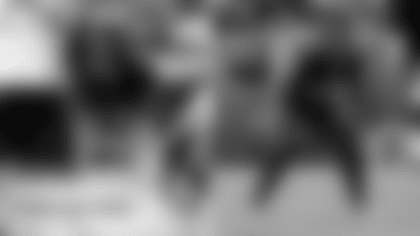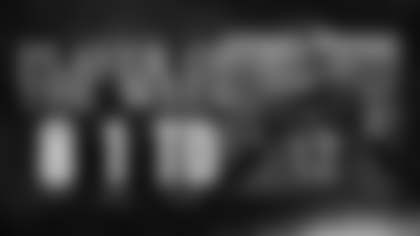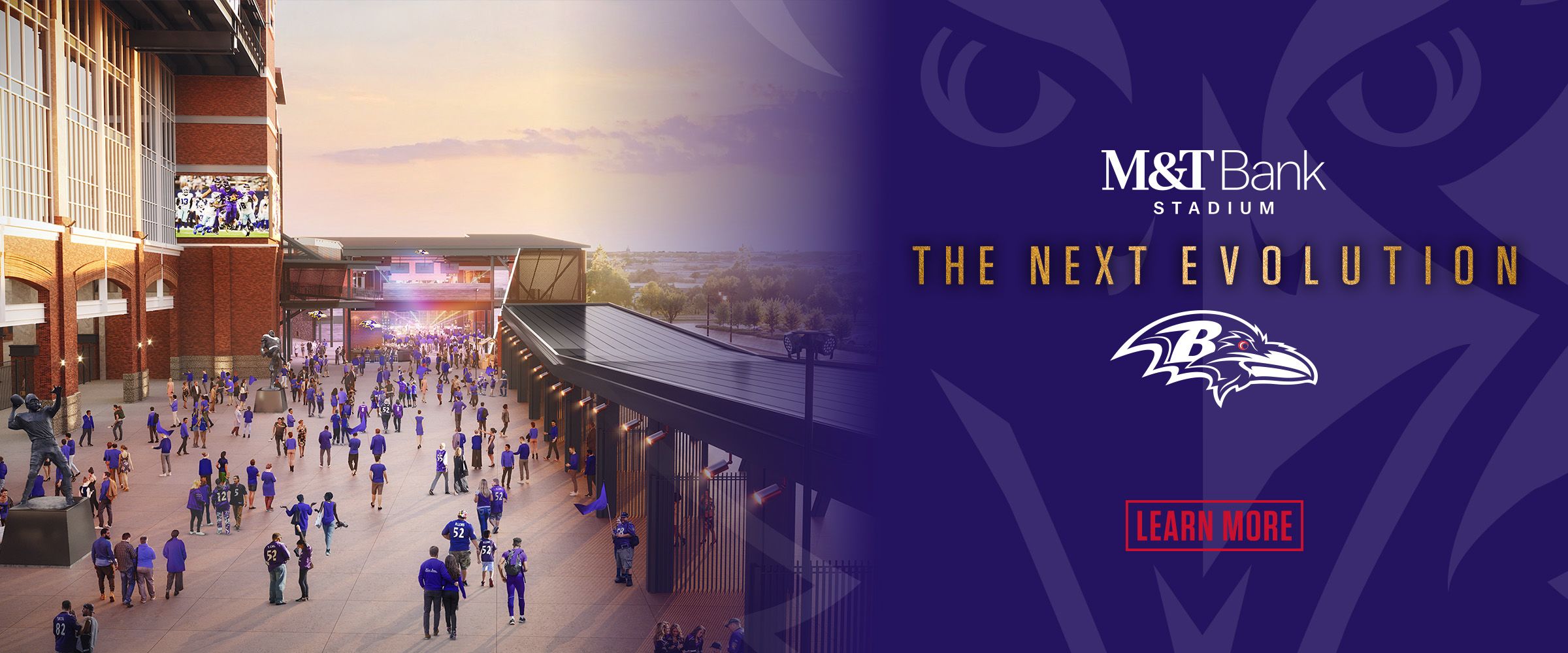Often, it's the first-round picks that get the scrutiny.
But during Wednesday's pre-draft press conference, General Manager Ozzie Newsome and Assistant General Manager Eric DeCosta were asked to assess some of their second-round selections.
In short, what's up with the lack of production from that group in recent years?
Last year, second-round linebacker Kamalei Correa played in nine games mostly on special teams. After a solid rookie year, 2015 second-round tight end Maxx Williams didn't catch a single pass in an injury-shortened sophomore campaign.
Baltimore just traded 2014 second-round defensive tackle Timmy Jernigan to move up 25 spots in this year's third round. Jernigan had flashes of success with 13 sacks in three years, but didn't meet his or the team's high expectations.
The Ravens' 2013 second-round pick, inside linebacker Arthur Brown, was a three-year backup with 13 tackles. He bounced between the Jacksonville Jaguars and New York Jets in 2016, and is now with the Seattle Seahawks.
Newsome was asked whether the recent trend is a source of frustration or just bad luck.
"I don't know if I could pinpoint one thing as the reason why," Newsome said, harkening back to Brown, in what was a disappointing 2013 class in the top two rounds.
"Four years ago, we hit on Brandon [Williams, third round], Kyle [Juszczyk, fourth round] and Ricky [Wagner, fifth round], and didn't do so well with Matt [Elam, first round] and Arthur [second round]. I can't pinpoint that. The process in 1996 was the same as it was [in 2013], and it's the same as it is today. We try to refine it. We put pressure on ourselves to get better. But to sit here and say why that happened, I can't pinpoint it."
DeCosta encouraged a deeper look at the Ravens' history.
In 2012, the Ravens picked both linebacker Courtney Upshaw and tackle Kelechi Osemele in the second round. Upshaw was a four-year starter and key defensive figure. Osemele was also a four-year starter and just went to the Pro Bowl after signing a mega-deal with the Oakland Raiders.
In 2011, the Ravens drafted wide receiver Torrey Smith in the second round. He became an instant starter, impact player and fan favorite.
In 2010, Baltimore hit bad luck with second-round linebacker Sergio Kindle, who saw his career end before it even started due to a freakish off-the-field head injury. Second-round nose tackle Terrence Cody had mixed success and also ran into off-the-field troubles.
In 2009, Baltimore drafted defensive end Paul Kruger, who got off to a slow start but finished with 13.5 sacks in his final season and was a big part of the Super Bowl XLVII title. He signed a big deal with the Cleveland Browns.
In 2008, the Ravens picked running back Ray Rice in the second round. Rice went to three Pro Bowls and was perhaps the offense's best playmaker before his off-field troubles.
DeCosta talked about how he was proud of many of those picks.
"You'd like to nail all your second-round picks," he said. "Historically, only about 50 percent of all second-round picks end up becoming pretty good players."
What DeCosta used to define a "pretty good player" was whether they became an NFL starter. Over the past nine years and 11 second-round picks, seven became starters in Baltimore. That's 64 percent.
Correa and Williams could still become starters. Correa is currently the leading candidate to start next to C.J. Mosley next season.
With that said, DeCosta does acknowledge the disappointment with some of the recent second-round troubles.
"It can be frustrating at times, but it is what it is," he said. "We try to use the same process throughout. Again, it's a people business. You're talking about personalities; you're talking about a lot of different factors."
DeCosta thought back to the 2013 draft, when three offensive tackles were taken with the first four picks overall (Eric Fisher, Luke Joeckel and Lane Johnson, respectively). The Ravens picked Wagner in the fifth round, No. 168 overall, and he's now the best of the bunch and the league's highest-paid right tackle.
"How does that work? I don't know," DeCosta said. "That's why people love the draft. It's a crapshoot, and I think people enjoy that."
There are a lot of different "profiles" for second-round picks, DeCosta pointed out. Perhaps they have first-round talent, but not the right mentality for the game. That can lead teams to be "seduced" by the talent, and think a player's mentality can be fixed.
A second-round pick could be an NFL Scouting Combine star who isn't a great player. It could be a very good player who doesn't do well at the combine and slips out of the first round.
"The key is to figure out what reasons matter and what reasons don't," DeCosta said. "Some of our best second-round picks were just very good college players."



















